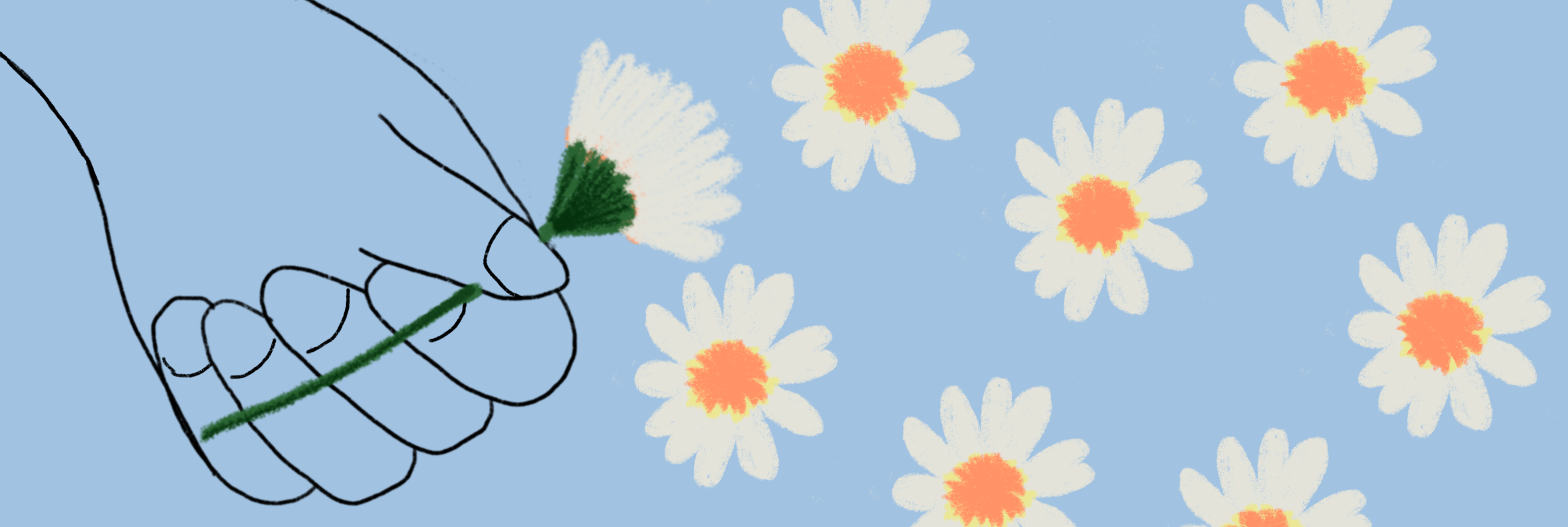The 4 best ways to present your graphic design work to a client

Putting work out there for judgment that you’ve poured your heart and soul into can make even the most experienced graphic designer nervous. But you can feel more confident when you know you’re showing your work in the best light.
Like the advertisers from AMC’s acclaimed “Mad Men,” you want to sell the story and the vision of your design work, whether it’s your portfolio or a client project. And doing so is all about contextualization. Below we go over various ways to contextualize your graphic design work so you present it in the best way to your (potential) client.
1. Contextualize: the project
Your clients are probably busy people with countless other things running through their minds every day. Help them remember the project details from your design contract and remind them of the original problem they wanted you to solve, so that everyone is on the same page.
You can start by going over the initial goals and why a design solution was necessary. Doing this focuses the design review on how your work solves this problem. It also gives you a chance to guide your client’s feedback, so they know what you are and aren’t looking for.
For example, if you’re first presenting a low-fidelity mockup, you could mention that the focus is on the content and its placement, not the design. You could even show your work in greyscale to not tempt clients into commenting on aesthetics.
If what you’re showing is your portfolio, you’ll want to research the company’s pain points ahead of time and discuss them during the meeting. Show how you’ve solved similar problems for other clients. You’ll also want to carefully curate your portfolio to reveal the scope of your skills and experience.
Do: Set the stage for your design or design skills as being a solution to the problem.
Don’t: Feel the need to state how nervous you are. Draw confidence from other successful meetings or areas of life, and see yourself for what you are: the expert.
2. Contextualize: the design
Next, you’ll want to set the stage for the design. Whether you’re presenting a finished product or your portfolio, tell clients what inspired your solution.
Show mood boards, sketches, user data and insights, and other information that helped shape your work. Point out how your recommendations solve the project’s problems, such as using the color orange to inspire and boost customers’ creative performance, like The Home Depot, Orangetheory, and Nickolodeon use in their branding.
In doing so, you’ll frame yourself as the expert and show your skills through the thoughtful choices behind your design decisions. You can go over why you selected that color scheme, font, image, and other design elements, along with how everything ties together.
Do: Relate your design choices to project requirements.
Don’t: Spend the whole meeting at this step. Just present quick bits about relevant background information.
3. Contextualize: the story
Your work uses design to tell a story, so let the clients see your design’s story unfold by showing its progression from sketch to done. It’ll enhance the client’s appreciation of the work you put into the finished design and continues to reinforce how your work is the solution they need.
When you’re presenting a design or your portfolio, it’s essential to let each design shine. Too many designs on a screen can jumble your message and overwhelm clients, so try only to have one focal point per slide or page.
Do: Keep each slide or page focused and minimalistic.
Don’t: Present work in an illogical fashion. Your presentation should read like a story.
4. Contextualize: the visuals
When owners put an empty house up for sale, real estate agents often call staging companies to fill it back up with furniture and decorations. The Real Estate Staging Association’s survey shows staged homes spend an average of just 23 days on the market and sell for 5% to 23% over the list price. Staging makes the home more marketable, partially because it helps buyers see themselves living there.
As a graphic designer, you want to stage your designs and portfolio so that your non-design savvy clients can follow and understand your vision. Many don’t have your creative design brain and can’t envision what you’re discussing unless you actually show them.
One of the best ways to do this is with mockups. Put a picture of the website on a computer or print a mailer. Fold the letter so that clients can visualize how their target audience would see the content open up.
If your presentation is a part of a deliverable, send a video of your mockup or mail it in advance of your conversation. If you can get it, three-dimensional prototypes are also highly effective and memorable.
Do: Make your designs come to life by properly staging them or creating tangible mockups.
Don’t: Present your designs out of context.
Finish strong
You’re done presenting your graphic design work in the best way possible to clients and prospects. Continue to show them you’re a professional by taking feedback and questions like a champ, because you want them to love your design and portfolio. Raving clients are the ones that hire, refer you, and pay you the rates that you deserve.
Speaking of which, once you’ve landed the project or completed the work, you’ll want to send over a professional invoice or estimate to finish strong. Wave Invoicing is simple and free to use, and lets you create an unlimited number of customized invoice templates. Clients can quickly pay with a credit card or secure bank payment right on the invoice (if you choose) with as little as a 1% per-transaction fee for you. Explore Wave Invoicing’s features today.














